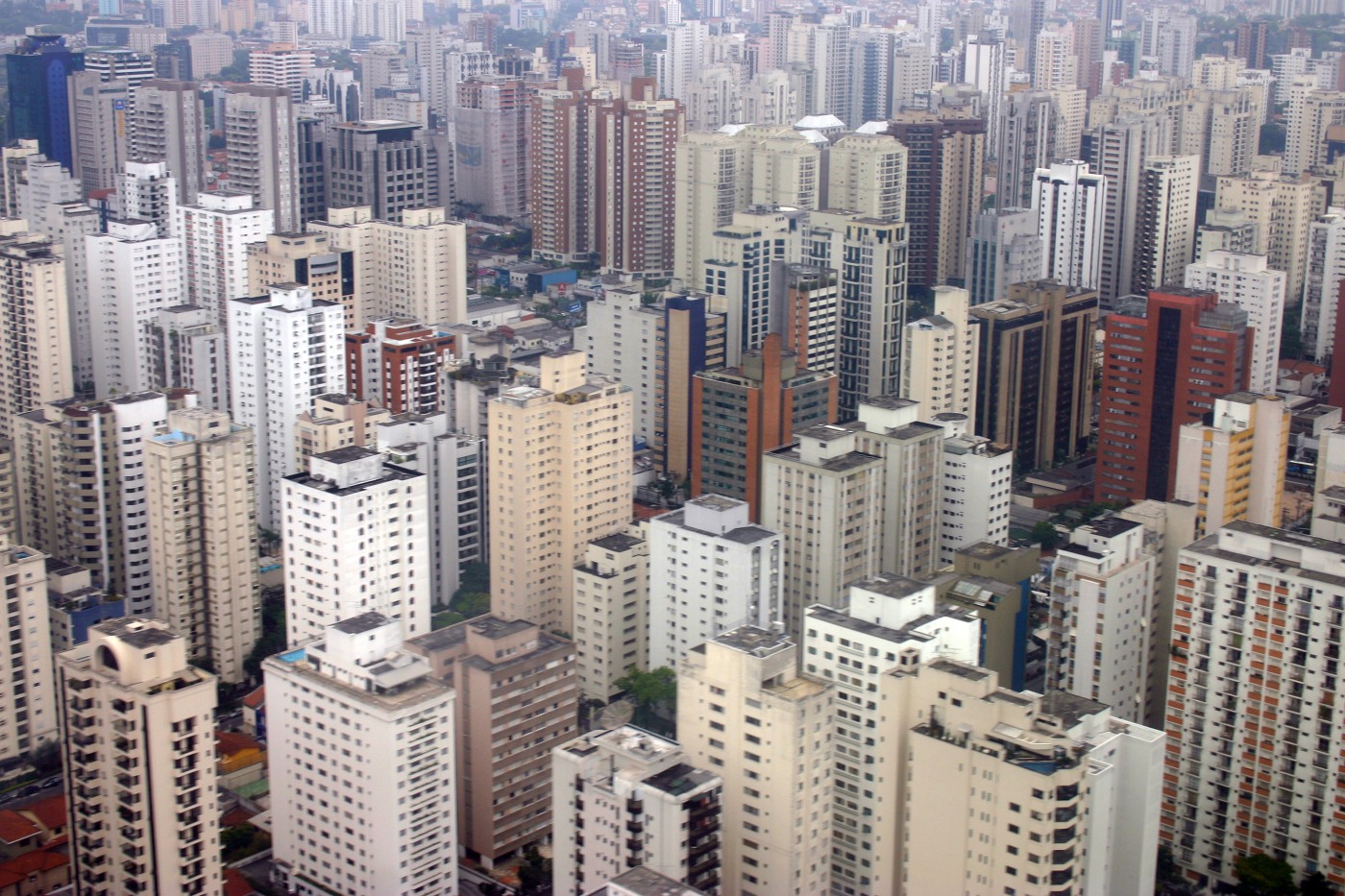Welcome to the site dedicated to discussing the problems and possible solutions facing urbanization in the world.
Urbanization of the world is an increasing trend, rising from a yearly average increase of 57 million urban dwellers between 1990-2000 to 77 million between 2010-2015. In 1990, 43 per cent (2.3 billion) of the world’s population lived in urban areas (UN World Cities Report 2016, Chap 1)..
Today, 54% of the world’s population live in urban areas, yet they account for over 70% of global carbon dioxide (CO2) emissions (UN World Cities Report 2016, Chap 1). Though climate change is global in nature, it largely impacts urban life. Rising temperatures, intense rainfall, flooding and drought all undermine efforts combat other urban problems to improve urban lives.

Pollution, a periodic and persistent urban problem, has been correlated withthe spread of diseases.According to WHO, air quality in more than 56% of cities worldwide do not meet its air quality guidelines, increasing the risk of stroke, heart disease, lung cancer, and chronic and acute respiratory diseases (WHO, 2015).
A new class of pollutants, labeled Emerging Contaminants, are also of concern. These contaminants are released as waste from urban consumption, such as those from personal care products, pharmaceuticals and medicine.
These problems have costly impacts on cities’ basic services, infrastructure, housing, human livelihoods and health. For example, infrastructure might have to be upgraded or changed completely to resolve a problem with emerging contaminant (see example).
Asia is at the forefront of these trends, with 2.11 billion urban dwellers, more than in any other continent.
E2S2 is a programme under the National Research Foundation, Campus for Research Excellence and Technological Enterprise (NRF-CREATE). More information here.



